The owner of Lyndley Station in Queensland’s Darling Downs region is offering an 1,850-hectare parcel of the cattle property to solar, wind, or battery project developers for the development of a large-scale renewable energy project.
The 6,275 ha property, near Dalby, lies within the planned Southern Queensland Renewable Energy Zone (REZ) and has frontage to a 275 kV high-voltage transmission line.
CBRE Agribusiness has been engaged to canvas expressions of interest from project developers “in a move to capitalise on the investment potential in Australia’s fast-growing renewable energy industry.”
Traditionally, developers have taken the lead in initiating these projects but CBRE’s Andrew Loughnan said landowners are increasingly driving the process, recognising the opportunity that the renewable energy transition can present.
“Hosting renewable energy projects provides a steady, long-term income stream that is separate from traditional agricultural income,” he said, noting that “renewable energy projects can coexist with agricultural activities, allowing for efficient use of the land.”
Recent analysis by Farmers for Climate Action and the Clean Energy Council (CEC) shows that payments to landholders hosting large-scale renewable energy projects across Australia’s main electricity grid are expected to top $1 billion (USD 630 million) by 2030. Direct payments are forecast to increase to between $7.7 billion and $9.7 billion by 2050.
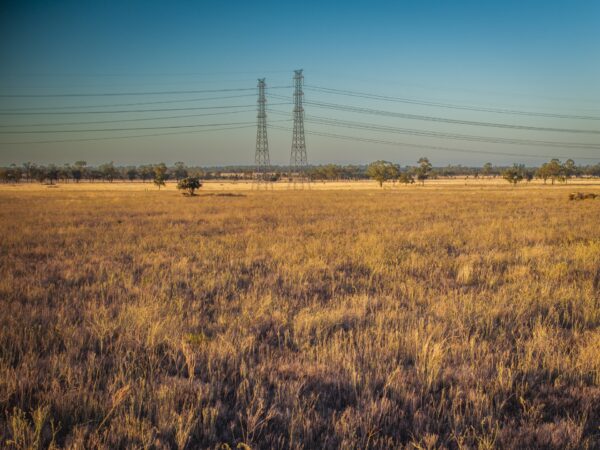
Image: CBRE
Loughnan said he expects more agricultural landholders to proactively explore these market opportunities, noting that it helps in identifying potential challenges and addressing them early on.
“This proactive approach is likely to become more common as more landholders recognise the economic, environmental, and community benefits of hosting renewable energy projects,” he said.
With the success of Australia’s renewable energy industry relying on ongoing access to suitable land, Loughnan said early engagement can position the landholder as a leader in sustainable practices.
“After this landholder was approached by several proponents over the last few years, it was determined that by understanding market demand for such assets, the landholder can negotiate better terms and ensure the land is used optimally,” he said.
A proposed Term Sheet is now available to interested parties and the Expressions of Interest campaign closes 3 April 2025.
CBRE’s John Harrison said he expects the process to attract interest from domestic and international resource proponents, government and public sector entities, natural capital groups, corporate and institutional investors and global superannuation funds.
“This is an exciting opportunity to explore a collaborative partnership with a top-tier renewable energy developer,” he said. “Our goal is to ensure a transparent and mutually beneficial process that allows the agricultural land to coexist harmoniously with renewable energy projects. By working together, we aim to foster sustainable development while maintaining the integrity and productivity of the farmland.”
This content is protected by copyright and may not be reused. If you want to cooperate with us and would like to reuse some of our content, please contact: editors@pv-magazine.com.
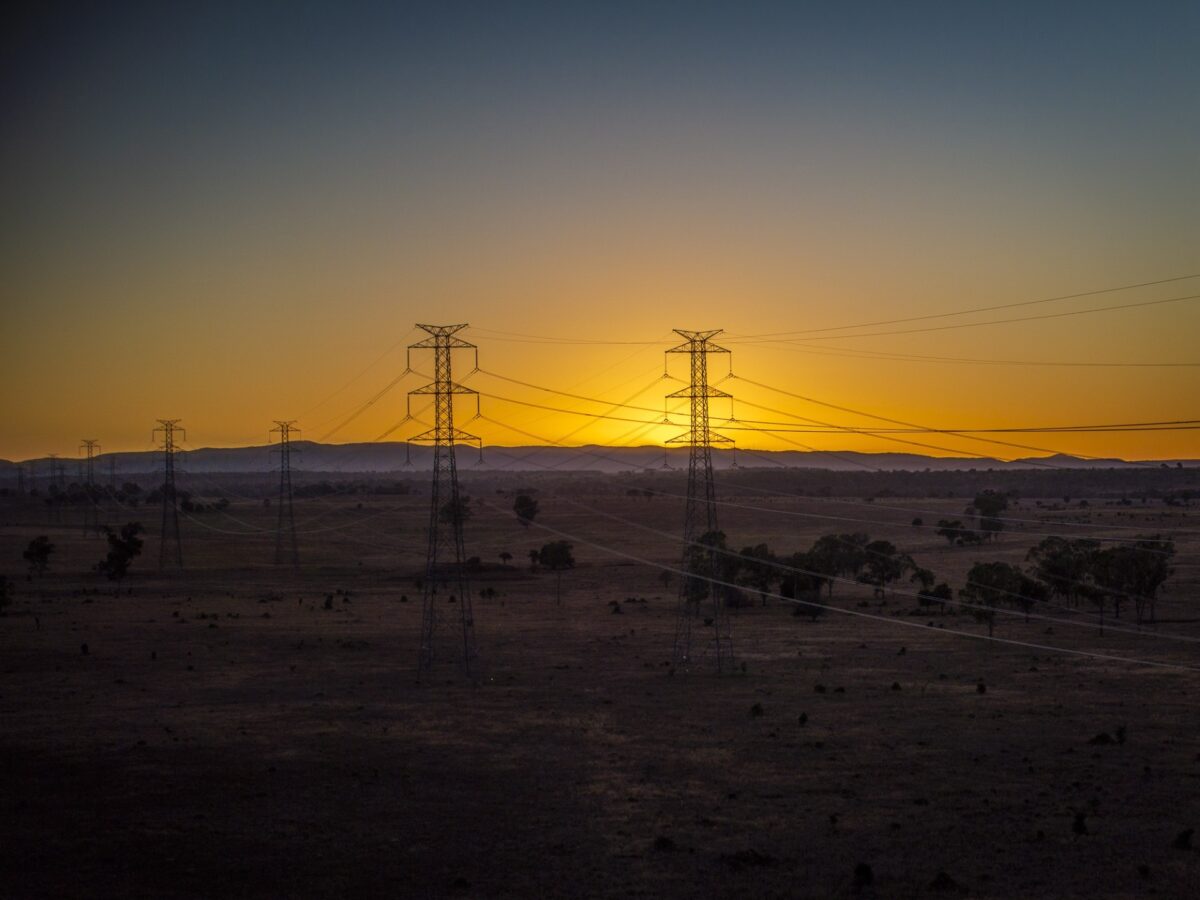
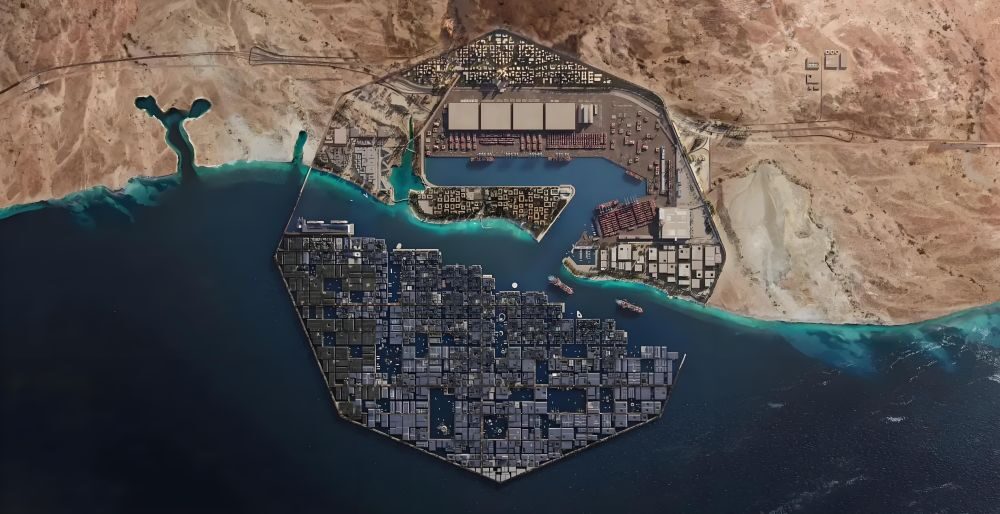
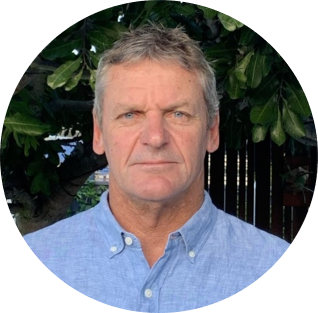

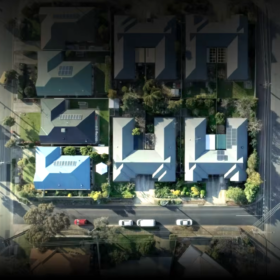
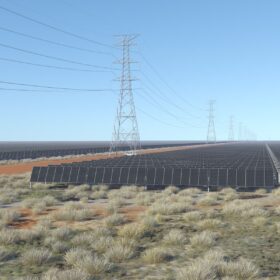
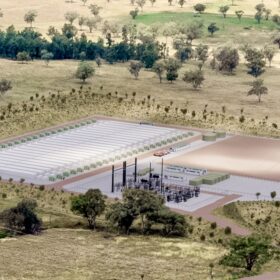
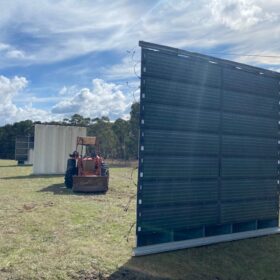
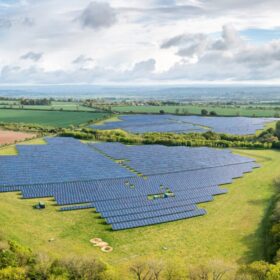
By submitting this form you agree to pv magazine using your data for the purposes of publishing your comment.
Your personal data will only be disclosed or otherwise transmitted to third parties for the purposes of spam filtering or if this is necessary for technical maintenance of the website. Any other transfer to third parties will not take place unless this is justified on the basis of applicable data protection regulations or if pv magazine is legally obliged to do so.
You may revoke this consent at any time with effect for the future, in which case your personal data will be deleted immediately. Otherwise, your data will be deleted if pv magazine has processed your request or the purpose of data storage is fulfilled.
Further information on data privacy can be found in our Data Protection Policy.